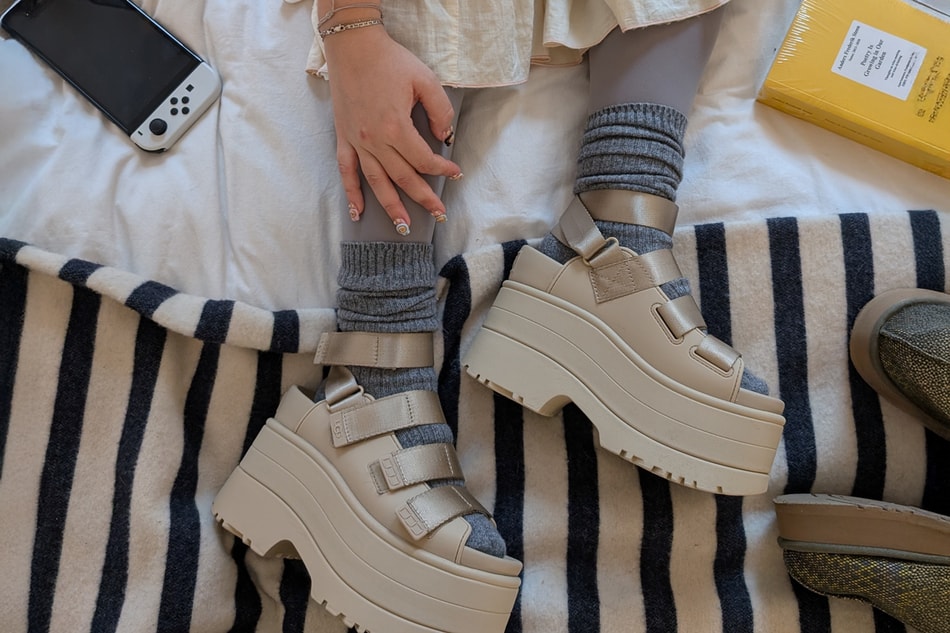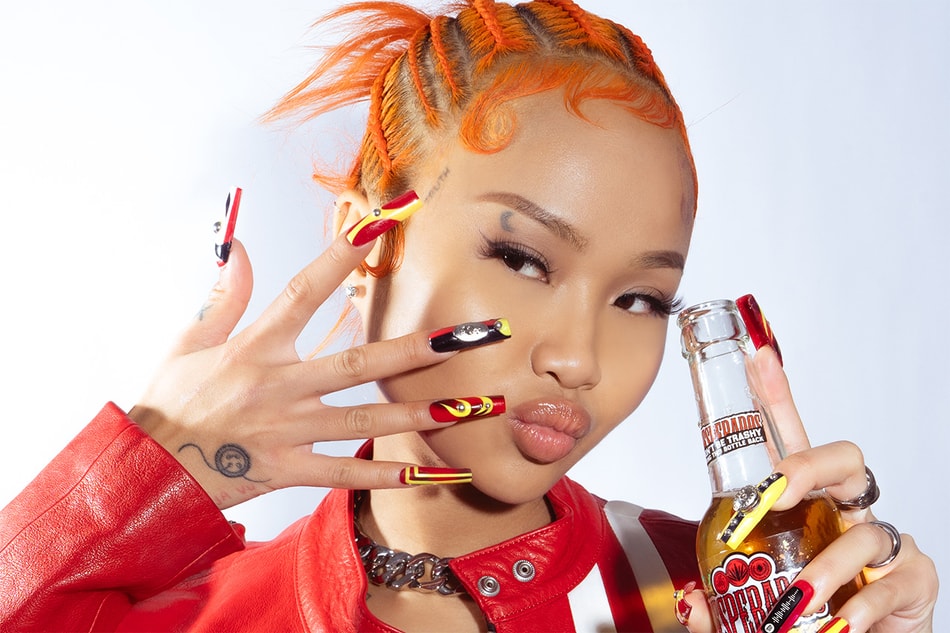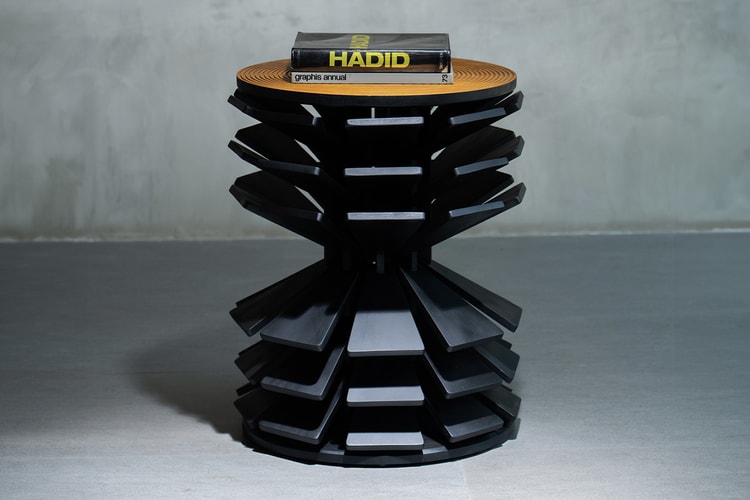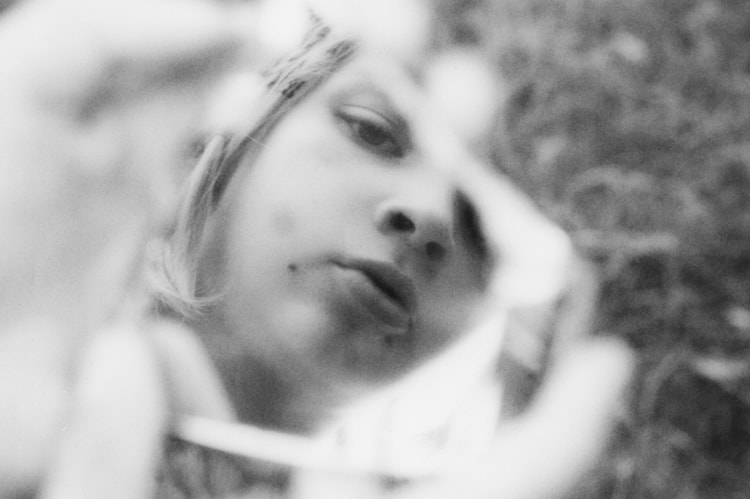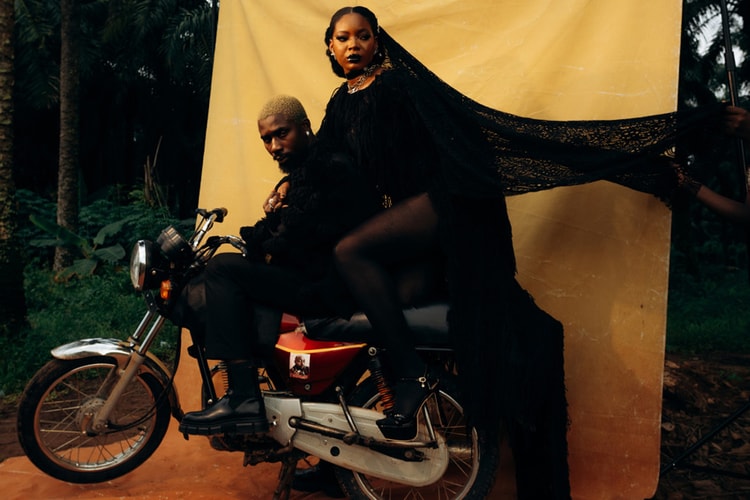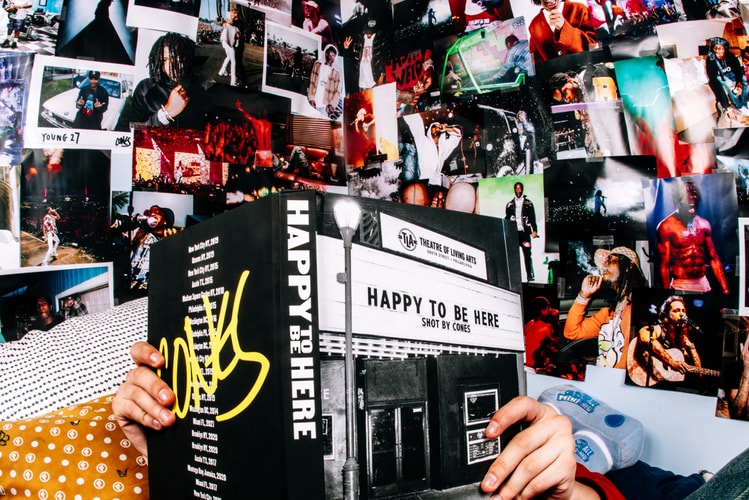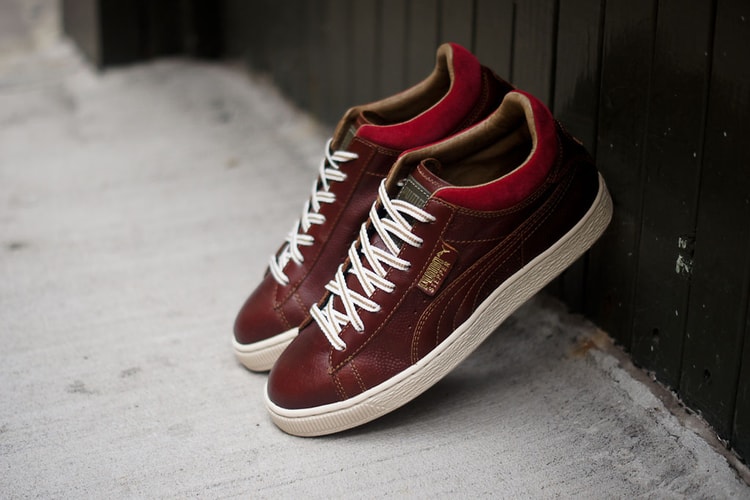A Photo Essay of West African Barbershops
The relationship between barber and customer has long been an intimate one. It comes as only
The relationship between barber and customer has long been an intimate one. It comes as only natural when he consistently puts the straight edged razor to work or provides the opportunity to share confidential information. Thirty-four-year-old Nigerian photographer Mr. Esiebo was fascinated with West Africa’s own vibrant landscape in regards to barbershop culture. Whether it was hole-in-the-wall spaces or more modern salons, they shared a unique similarity including inspirations (lots of popular African-American culture, football teams and musical artists) yet depending on the country and its religious beliefs, a simple haircut could signify several different things. Head over to the NY Times‘ Lens blog for an essay that outlines Mr. Esiebo’s findings and a little cultural background info.













